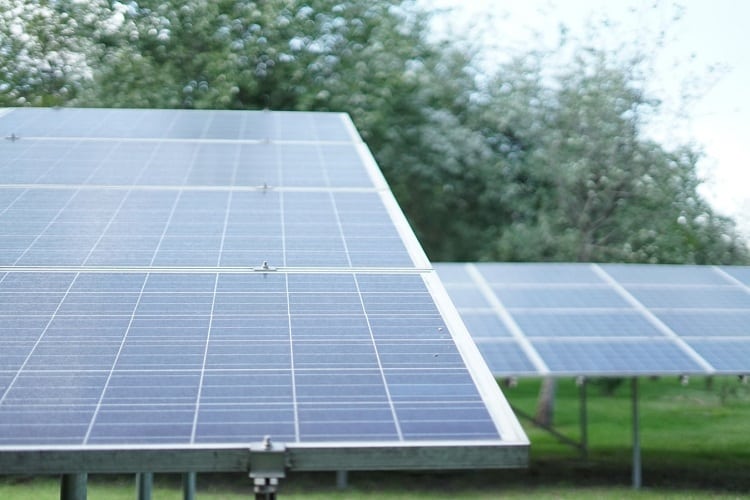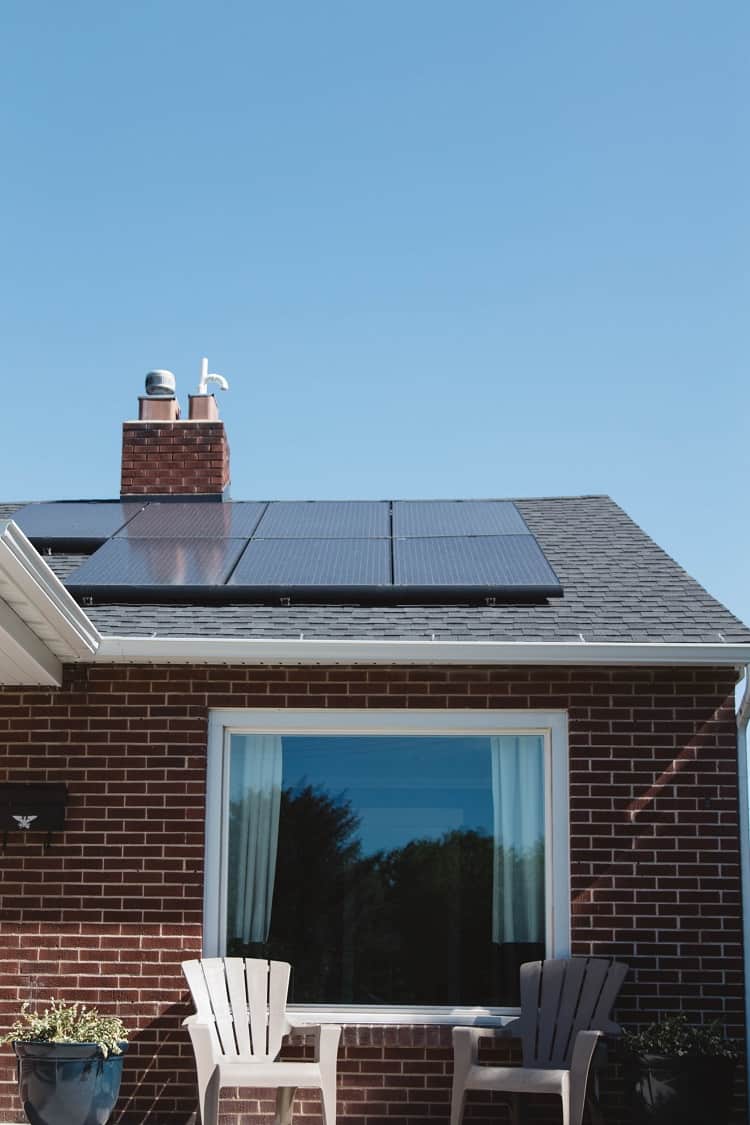Patios provide more than additional square footage to your home. They also enhance the design of any house and add to the curb appeal, meaning any improvement you make can turn out to be a good investment later on, when you decide to sell.
When you look around Phoenix, Arizona, you will see a lot of patio covers, gazebos, and porches. Sure, they look good but they serve a much more important purpose. With the sun bearing down on the city 85% of the time in an average year, there’s a dire need for additional protection from the searing heat.
When you think about it, Phoenix is the perfect spot to harness the power of the sun. After all, it is listed as one of the sunniest cities in America. Locals get 3,800 to 4,000 hours of sunlight per year, so why not try to capture that?
Particularly since homeowners can also get incentives when they go for alternative power sources other than the traditional fossil fuels.
Often, the glass panels get installed on the roof where the sunlight hits them directly. Sometimes, you can also see them on the ground with unique mounts that allow the panels to follow the sun’s movement throughout the day.

Solar panels in the patio: Best of both worlds
While most solar mounts you’ll see are set on the roof of the house, not every structure is ideal for supporting their weight, which makes the patio a great alternative.
Converting your patio into a mount for solar panels gives homeowners both additional shade and a great alternative source of power. Over the years, installers have introduced innovative ways to install the panels on smaller scales on Phoenix homes. You have solar trees, solar cars, and ground solar.
But patio manufacturers give an additional platform for suppliers to install solar power on homes. Unlike with ground solar, patios do not require supplementary land.
If you are planning to build a patio on your property, you can hit two birds with one stone by also adding solar panels on the roof.

One option is to use the panels for your main roof instead of a solid cover or a pergola. The main advantage of this option is that you maximize the solar footprint. The drawback, however, is that it does not supply maximum protection from the sun.
If you already have a patio attached to your home, you may need to contact a service provider such as City Seamless Patio Covers, to check the durability of the columns and beams and confirm that they can support the additional weight of solar panels. This is a crucial step in the process, and the good news is that it’s a relatively easy fix to reinforce the posts if they’re not sturdy enough.
If you own a small restaurant or cafe, patios give you that extra footprint to expand your indoor space. As a result, you can add more tables and chairs for your customers. Businesses spend about $2 for every square foot of space.If you have 1,000 square feet of business space, including your patio, you are looking at $2,000 per month. One innovative way to cut your overhead costs is to go solar.

Imagine how much you would save if you could reduce your utility bills down to zero? You can use solar energy to heat your water or to power your heat, ventilation, and air conditioning system. If you store enough energy, you can send it back to the grid for extra credits.
And your smart home can also be powered by the energy you store from the solar panels. The average homeowner in Arizona, for instance, pays about $120 per month on electricity bills. You can reduce that to zero with the help of your photovoltaic panels.
More tips for homeowners
Why is wicker used for outdoor furniture?
What’s the difference between faux leather and real leather sofas?
How To Set Up a Killer Smoking Room at Home
The Kid-Friendly Home: Creating A Safe Haven For Your Little Explorers




